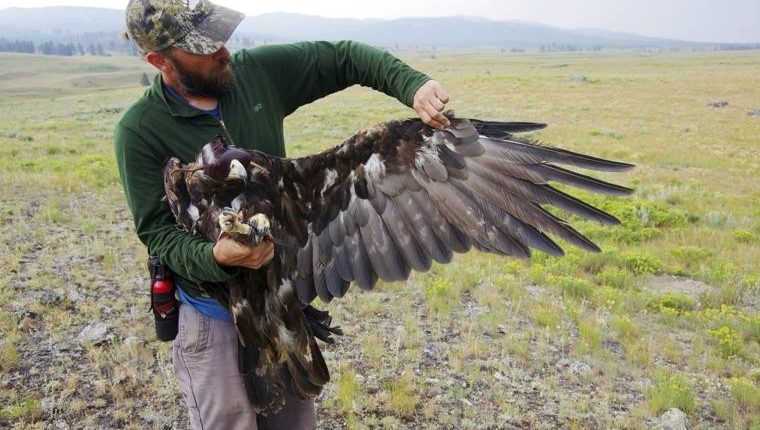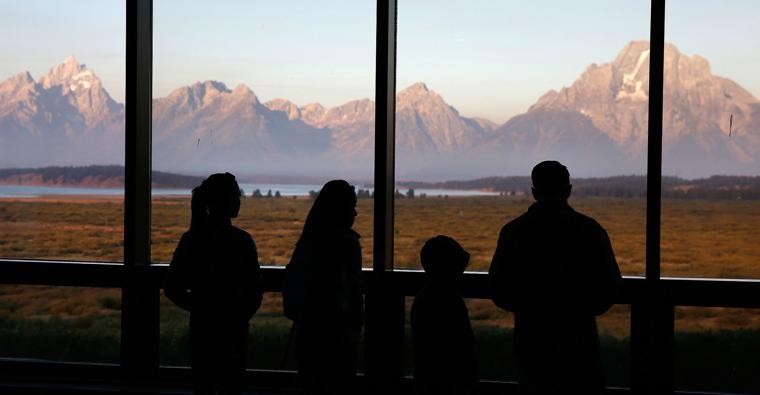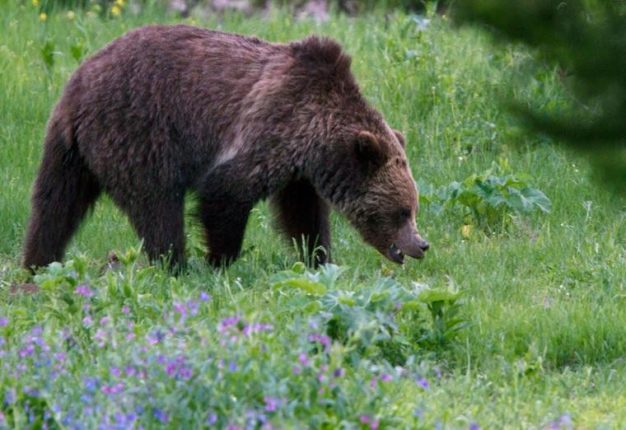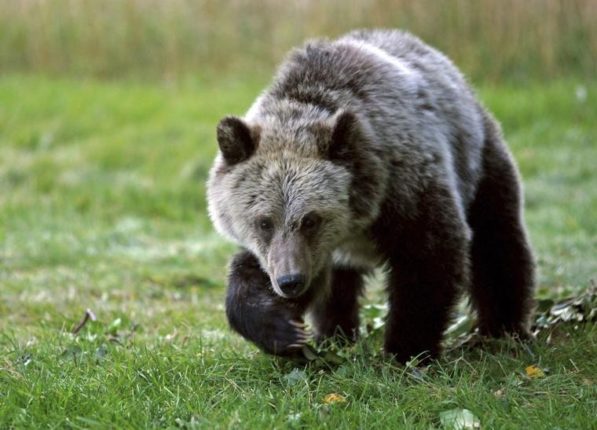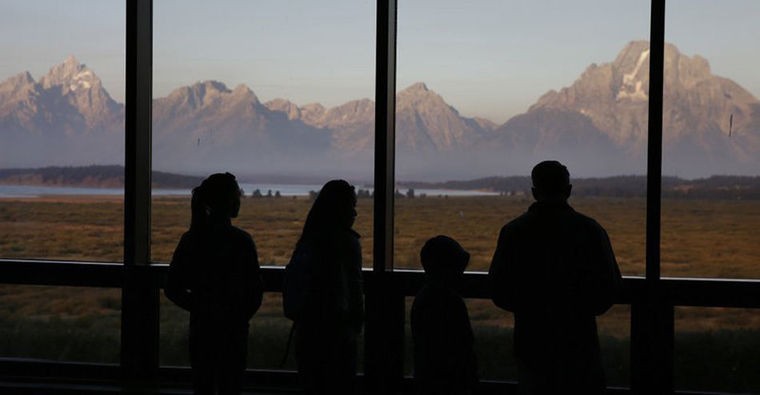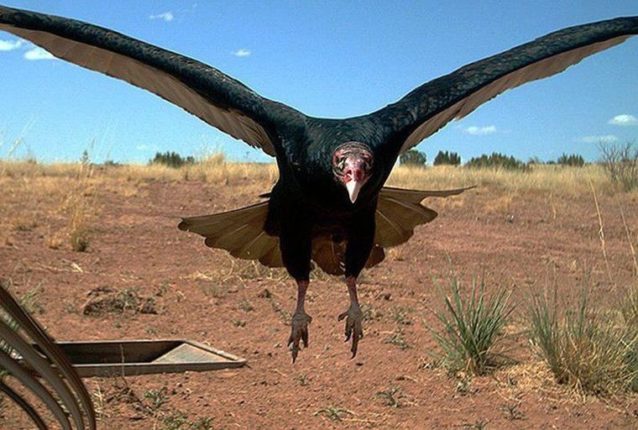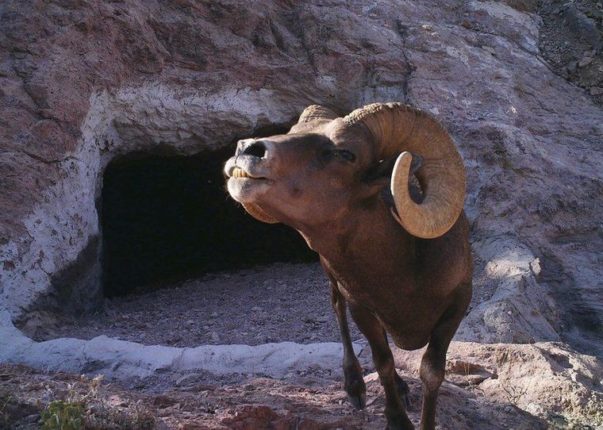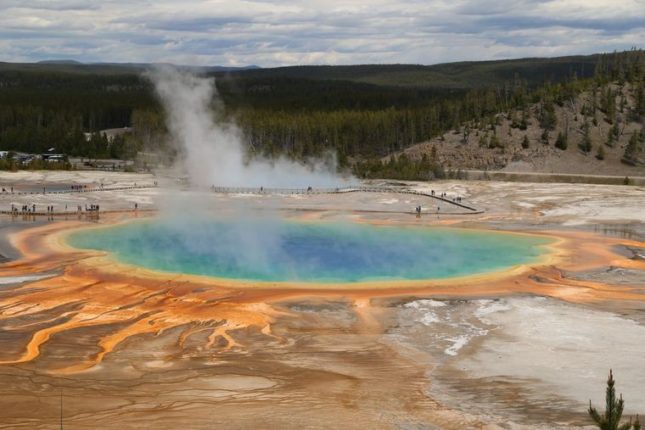The first golden eagle in Yellowstone National Park fitted with a tracking device has died of lead poisoning, likely after consuming bullet fragments while scavenging the remains of an animal killed by a hunter, officials said Monday.
Wearing a GPS unit like a backpack, the adult, female eagle had flown outside Yellowstone into areas where hunters pursue game such as elk and deer.
The death of the bird was a setback for golden eagle research in Yellowstone but not the end. Several other golden eagles at the park have been fitted with tracking devices.
“It’s a little gut-wrenching because it’s so darn hard to trap and tag an eagle, and it’s frustrating for the graduate student who’s leading the project,” said eagle scientist Todd Katzner with the U.S. Geological Survey in Boise.
Advocacy groups have called for hunters to use bullets made of copper to help prevent such deaths. Effective July 1, California will fully prohibit hunters from using lead bullets.
In Wyoming, Bryan Bedrosian of the Teton Raptor Center said he has provided opportunities for hunters to exchange lead bullets for ones made of copper, which perform just as well.
However, Bedrosian, an avid hunter and research director at the raptor rehabilitation facility, doesn’t support banning lead bullets.
“A lot of it’s a matter of awareness and willingness of people to switch,” he said.
Golden eagles are one of North America’s largest birds, with a wingspan that can top 7 feet.
Their numbers in the contiguous 48 U.S. states are steady but not as high as they could be, partly because of collisions with vehicles and wind turbines.
The female eagle, thought to be at least 5 years old, was found dead in northern Yellowstone in December, but the cause of death was only recently determined. It had ranged as far as 40 miles from the center of its habitat.
The research over a four-month period provided valuable information about the movement of golden eagles and the threats they face, Katzner added.
Golden eagles hunt live prey during summer. Lead poisoning becomes a significant threat when they eat carrion during fall and winter, Katzner said.
“This bird died right in the period we’d expect them to be wandering widely and searching for food,” Katzner said.
